The 19th annual Central Avenue Jazz Festival last weekend brought out crowds of L.A. residents to enjoy authentic Mexican and soul food, local crafts, and, of course, the sweet sounds of jazz. This year, the Jazz Festival was bigger than ever, with two music stages, kids activities and a plaza offering health screenings, stands representing local organizations and businesses, and artists making and selling a variety of crafts.
Watch the audio slideshow below for the sights and sounds of the festival.









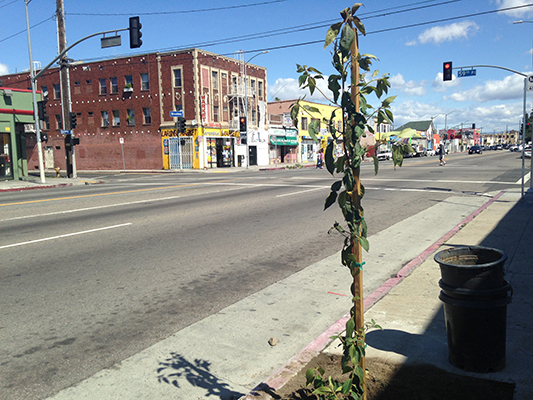
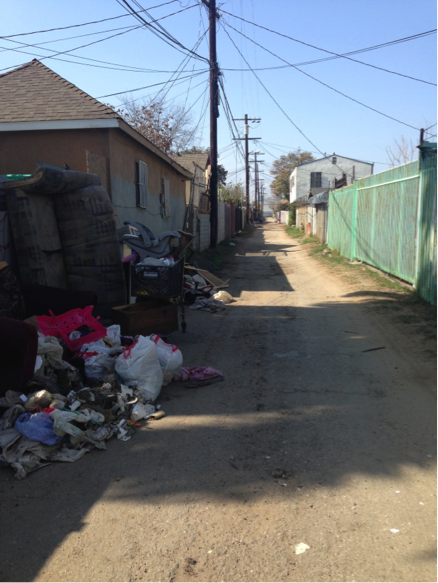
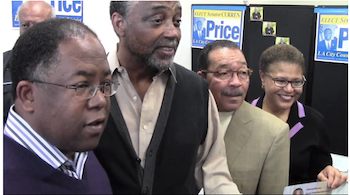 Curren Price, second from the left, with County Supervisor Mark Ridley-Thomas, City Council President Herb Wesson and Los Angeles Congresswoman Karen Bass.
Curren Price, second from the left, with County Supervisor Mark Ridley-Thomas, City Council President Herb Wesson and Los Angeles Congresswoman Karen Bass.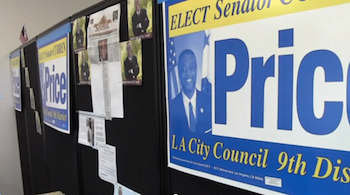 Photos from Curren Price headquarters.
Photos from Curren Price headquarters. 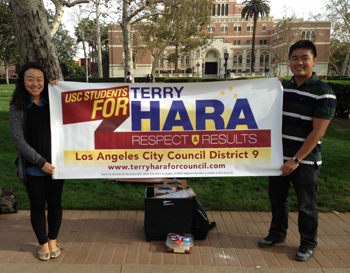 Walking down Trousdale Parkway or outside of the Lyon Center on the University of Southern California campus, it’s likely you’ve seen or even talked to the people working at Terry Hara’s city council campaign booth. It’s also likely you haven’t seen or talked with any of his rivals, at least not yet. The reason: Hara has made USC central to his early campaign strategy while his opponents have yet to establish much of a presence on campus.
Walking down Trousdale Parkway or outside of the Lyon Center on the University of Southern California campus, it’s likely you’ve seen or even talked to the people working at Terry Hara’s city council campaign booth. It’s also likely you haven’t seen or talked with any of his rivals, at least not yet. The reason: Hara has made USC central to his early campaign strategy while his opponents have yet to establish much of a presence on campus. “It was covered with asphalt and barbed wire and truck and machine parts and it was just pretty ugly,” Perry said. “But with a little creativity, some tenacity, some community support – well, this is where we are now.”
“It was covered with asphalt and barbed wire and truck and machine parts and it was just pretty ugly,” Perry said. “But with a little creativity, some tenacity, some community support – well, this is where we are now.”




